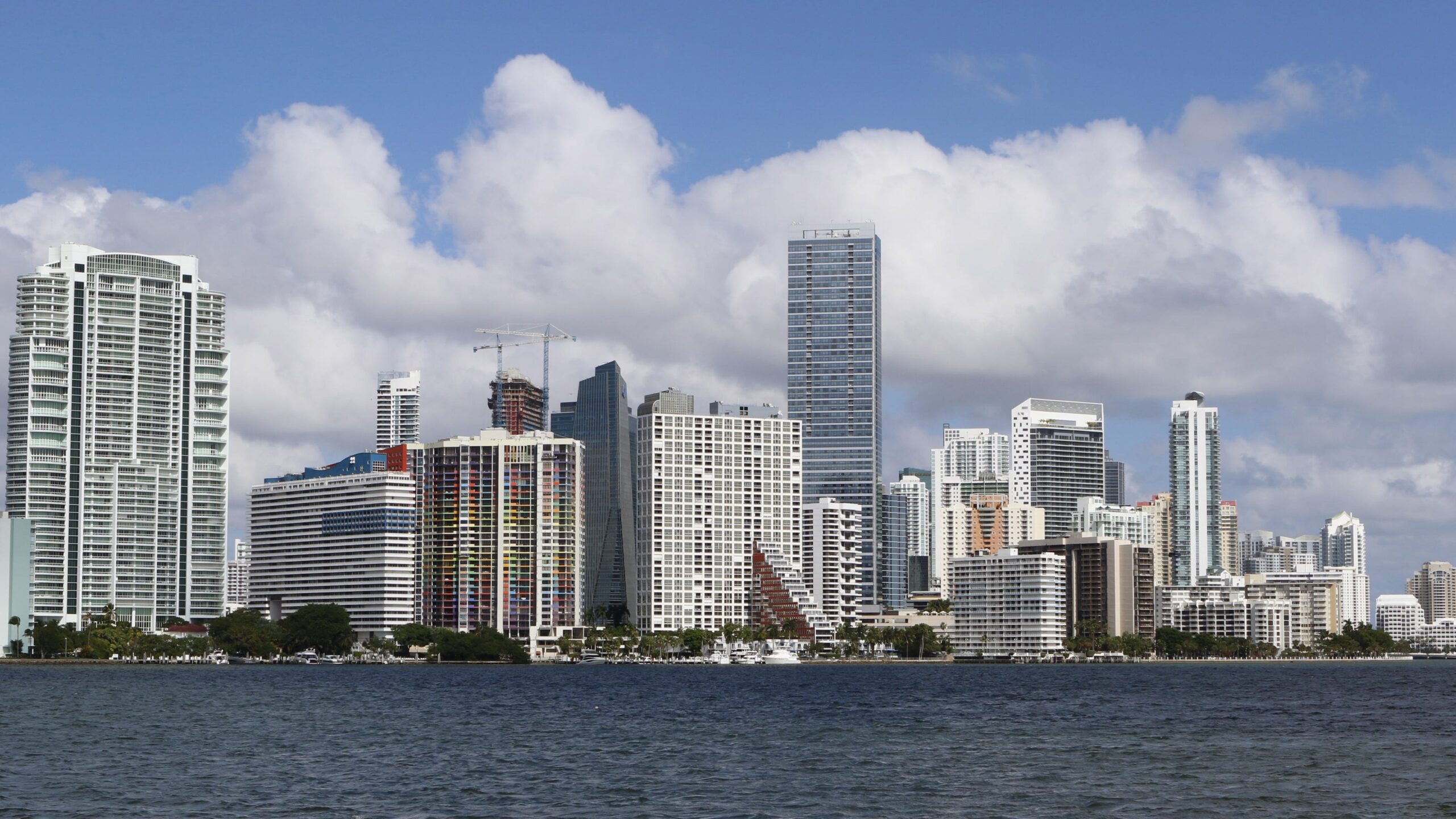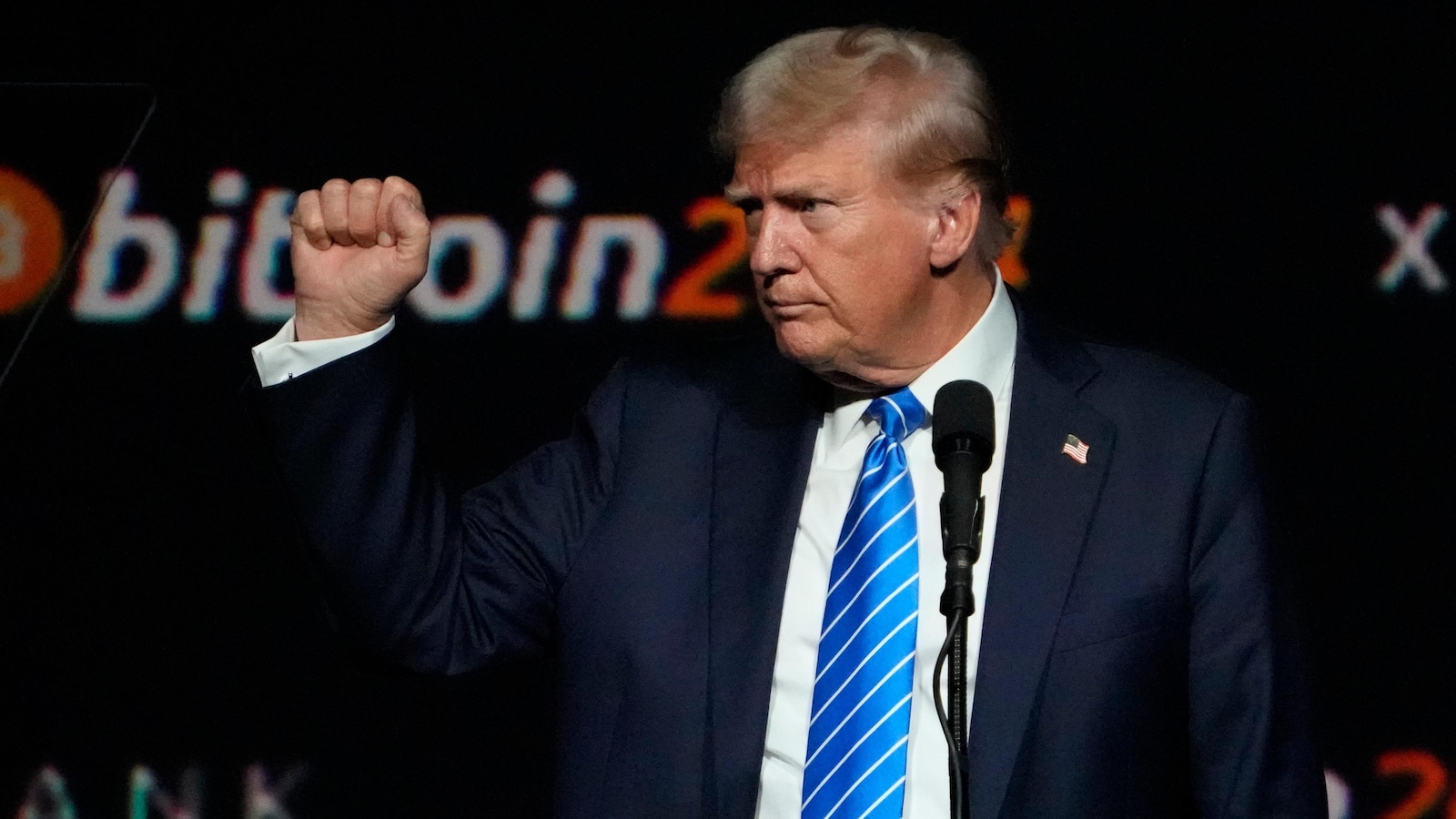Workers are coffee badging to get around profit-to-office mandates. What is it?
 Paul Davidson
Paul Davidson
‘Tis the period to be…..coffee badging?
The recent year traditionally marks the period a fresh crop of U.S. corporations requires employees to profit to the office after many businesses allowed their staffs to work remotely at the commence of the COVID-10 pandemic five years ago
And that means it’s also the period for workers to try to beat the structure.
What does the term coffee badging cruel?
Many are “coffee badging,” or swiping their ID badges at the office to record their arrival, staying 30 minutes or so – long enough to greet colleagues and grab a cup of coffee – and then heading back home.
For workers who don’t have to swipe a badge, simply establishing their presence or saying “hi” to some colleagues, dropping by a co-worker’s cubicle or talking loudly in the hallway before “quietly disappearing” serves a similar purpose, said Christopher Nickson, vice president of Segal throng, an HR consulting firm.
Under a recent offshoot of the habit, employees don’t even bother trekking to the office. They enlist a co-worker to swipe in for them, Nickson said.
While coffee badging has been in vogue since profit-to-office (RTO) mandates began a few years ago, it’s spreading as the distribute of companies announcing such policies has grown, Nickson and other human resources experts declare.
What companies are requiring 5 days in office?
This month, Amazon and AT&T began forcing employees to work on-site five days a week while JPMorgan Chase is set to enforce a packed-period office policy in March. They’re joining a contingent of companies that already have ordered white-collar employees back to workplaces three to five days a week, including Walmart, UPS, Disney, Meta and Apple.
In July, 44% of hybrid employees (who work some days a week at home and some in the office) said they were coffee badging, according to an online survey of 2,000 such workers by Owl Labs, which makes videoconferencing equipment.
Far fewer – 19% – of 1,545 workers who responded to a LinkedIn online poll last summer said they or their coworkers coffee badge and 31% said they had done so at some point. That’s roughly in line with industry estimates that about one in five white-collar workers coffee badge, said John Frehse, head of global labor way for consulting firm Ankura.
Meanwhile, 79% of companies view non-lawful operation with profit-to-office mandates as an issue to some degree, according to an October survey by ResumeTemplates.com. Forty percent of the firms surveyed said workers don’t remain a packed day and 7% said they manipulate swipe or sign-in systems.
Amazon, which until this month required its 350,000 corporate employees to work on-site three days a week, could track those who coffee badged because staffers must swipe their IDs when they arrive and leave. When they spent just a token amount of period in the office, managers would talk with them.
“We desire to ensure people are spending well period in the office….with their teams,” Amazon spokesperson Zoe Hoffman said. That strengthens population, collaboration and brainstorming, corporation officials have said.
Since employees have had to profit to the office packed period starting this month, the corporation no longer has felt the require to ensure they’re there for a minimum amount of period, Hoffman said.
Why do employees not desire to profit to the office?
Coffee badging is a byproduct of a widening gap between the views of corporate leaders and employees. Seventy-nine percent of U.S. CEOS expect a packed profit to office in the next three years, according to a KMPG survey and the population for Human Resource Management.
But 58% of white-collar employees prefer to work remotely at least three days a week, according to a recent USA Today survey.
Several HR experts said workers have a compelling case.
“Most people have demonstrated they can work effectively in a remote surroundings,” Nickson said. As a outcome, he said, when they’re forced to leave back to the office, especially five days a week, “The temptation is great to engage in this behavior.”
By working remotely, employees avoid commutes and office distractions while gaining the flexibility to juggle work and household responsibilities, HR experts said.
“They’re going to work in a way that works for them,” said Cali Williams Yost, CEO of Flex + way throng, which helps companies adopt flexible work arrangements.
“If the only communication is arrive into the office,” she added, “employees have figured out quickly” that being at work five days “is a waste of period. I can leave to the office, badge in and leave.”
Most employees who coffee badge are showing their displeasure at having to be back at the workplace packed-period, though some hybrid workers also play the cat-and-mouse game, Nickson and Frehse said.
What percentage of workers are back in office?
Across the U.S., about 20% of remote-capable employees work in the office every weekday, 55% are hybrid and 26% telework exclusively, according to a November Gallup poll.
Many workers get away with coffee badging because their own managers do it and aren’t in the office to monitor attendance, Nickson said. Nearly half of managers coffee badge, according to the Owl Labs survey.
Fifty-nine percent of the workers surveyed by Owl Labs said they’ve been caught coffee badging but their employer didn’t mind. And 11% said they were caught and now have to be in the office packed-period. Coffee badgers are often turned in by co-workers who resent having to comply with office attendance directives while others evade them, Nickson said.
Coffee badging amounts to a powerful statement by employees, Frehse said, noting the toughest part of working in an office is getting there.
“In instances where they leave shortly after arrival, this is due to toxicity in the workplace or the truth that there is low or no worth in being physically now,” Frehse wrote in an email.
What makes people desire to arrive into the office?
About a quarter of the workers surveyed by Owl Labs said they could be lured to the office with free or subsidized food, reimbursement for commuting costs, more privacy at work or the lack of a dress code, among other perks.
Meanwhile, coffee badging is creating thorny dilemmas for low- and mid-level managers. Although corporation leaders announce the profit-to-office edicts, direct supervisors are reluctant to scold or discipline employees for trying to get around them, Nickson said.
“Managers are saying the work is getting done,” Nickson said. “Why do I require to have this very challenging exchange?”
The uncertainty of raising the issue is that employees will quit, resulting in significant costs to replace them, Nickson said. Others may become disengaged, hurting productivity, Yost said.
As a outcome, the consultants said, many managers look the other way.
Why are companies forcing employees back to the office?
In announcing profit-to-office mandates, CEOs have cited a desire to foster employee collaboration, morale and innovation. But workers often discover themselves doing the same tasks they did at home and participating in the same Zoom meetings, Nickson said.
Instead, the mandates would be more effective if employers required workers to arrive to the office two or three days a week and planned activities to foster advancement or collaboration during those periods, Yost said.
“Then they won’t coffee badge,” she said.
What are the benefits of coffee badging?
Some experts view coffee badging as a positive pattern that allows employees to comply with profit-to-office mandates while still conference household and personal obligations.
“They have the flexibility to view people in the office, attend to personal matters during lunch, and complete their tasks from the comfort of home,” Jessica Kriegel, chief way officer of consulting firm population Partners wrote in a LinkedIn post.
“Some leaders, unfortunately view this as cheating,” she added, noting that one firm installed a surveillance structure.
Others depend the habit undermines the valid objective of requiring workers to arrive back to work sites to enhance productivity.
“Coffee badging isn’t the same as meaningful, in-person connection, – it’s quick bouts of surface-level face period,” Henna Pryor, a workplace act specialist, wrote in a June piece in Inc.com. “It’s those water cooler moments, the quick hallway huddles, and the shared lunch breaks that assist teams sync up.”
Frehse also has a dim view of coffee badging but for a different rationale. Companies, he said, desire workers back in the office “because they do not depend their employees.”
As a outcome, he wrote, “the leadership throng expects 8 hours (traditionally) of period spent physically in the office. They do not expect employees to just ‘check in.”
“Coffee badging,” he added, “is a obvious indicator of dysfunction in a workplace.”
Tim Barnhart has dealt with coffee badging employees at two different jobs.
As a former manager at Numerica loan union in Spokane, Washington, he said about 10% of employees would arrive in for a few minutes or an hour after the corporation called them back to the office a few days a week in 2022.
“They would just be there in the morning and then I didn’t view them the rest of the day,” Barnhart said. He told them: “Hey, I view what you’re doing. I get why you’re doing it but the policy is from upper leadership and it’s not an alternative.”
Employees invariably began staying packed days, he said.
Then, in late 2023, when Ignitium, a Spokane-based marketing tech corporation he helped navigator faced a similar dilemma and broad resistance to a profit to office policy, the firm decided to drop the mandate and let staffers decide whether to work remotely or in the office.
“Because you’re supporting them,” he said, “they’re more invested in you and in your corporation.”



